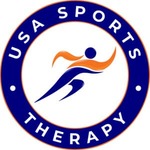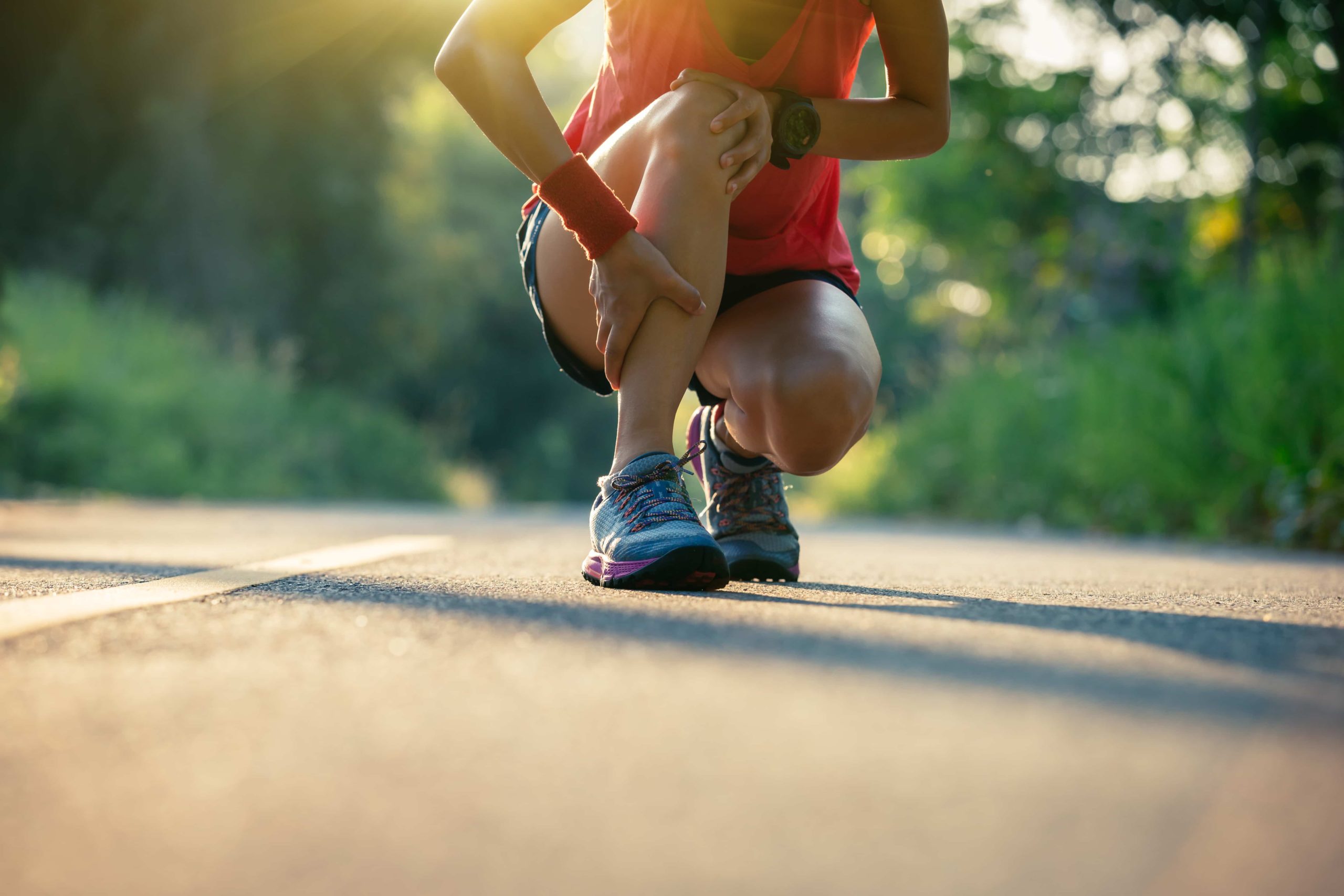Between 2011 and 2014, there was an average of 8.6 million injuries per year that occurred during sports or recreational activity in the United States. Adjusting these numbers comes out to be roughly 34 out of every 1,000 people experiencing an injury. Sprains and strains were the most common at 41.4 out of 1,000 injuries (APTA, 2017). Other injuries frequently occur, with many people deciding not to seek advice from a provider and opting to rest for recovery instead. Failure to seek advice or treatment regarding an injury can potentially cause it to worsen and lead to long-term impairment.

The following are 10 common injuries that occur during sports or recreational activity. along with causes and symptoms to be aware of.
-
Patellofemoral pain syndrome
-
-
- Also known as “runner’s knee.”
- Occurs commonly in growing adolescents, those who have recently increased activity or due to overuse.
- Pain in the front of the knee over the patellar tendon or around/underneath the patella.
- Worsens with squatting, lunging, jumping, and running.
-
-
Concussion
-
-
- Classified as a traumatic brain injury that occurs from a direct blow to the head or from a quick, jerking movement of the head or neck (such as whiplash following a car accident).
- Patients can experience increased fatigue, blurred vision, nausea/loss of appetite, and loss of consciousness can occur immediately following memory difficulties.
- The patient should seek medical attention immediately for a suspected concussion due to the nature of head trauma. Experiencing a second head injury prior to recovery from the first can lead to severe, lasting effects.
-
-
Tennis or golfer’s elbow
-
-
- Tennis elbow occurs on the lateral portion of the elbow, whereas golfer’s elbow occurs on the opposite, medial portion of the elbow. Due to repetitive gripping and excessive use of flexor (golfer’s) or extensor (tennis) muscle group.
- Both will cause tenderness over the tendon insertion on the medial or lateral epicondyle.
- Can cause pain with household activities such as typing, driving, and cleaning.
-
-
ACL sprain
-
-
- Anterior cruciate ligament (ACL), controls the stability of the knee and prevents excessive anterior translation of the tibia.
- Adolescent females are most susceptible, but injury most often occurs during a non-contact movement where a pivot or change of direction is performed.
- The patient may notice significant swelling shortly following, which would require an MRI to confirm a tear.
- Occasional buckling or giving way of the knee may occur following the initial injury.
-
-
Shoulder Injury
-
-
- The shoulder is very mobile but unstable due to the small contact area of the humeral head and glenoid fossa (comparable to a golf ball on a tee).
- Injuries range from a subluxation, where the humerus dislocates but relocates by itself, to a full dislocation, where the humeral head remains out of the normal location in the glenoid fossa.
- Other forms of injury include acromio-clavicular joint separation following a fall or contact sport (such as football or wrestling), rotator cuff injury from overuse or traumatic event (commonly in overhead athletes).
-
-
Groin Pull
-
-
- Over-stretching of the adductor muscles during a lateral lunging movement.
- Depending on the extent of injury, bruising may be present.
- Causes pain by bringing the leg too far in front or to the side.
-
-
Achilles Tendinitis
-
-
- Overuse injury from running or plyometric type exercise.
- Tenderness directly over the tendon itself, and swelling may be present as well.
- Stiffness in the calf or ankle, pain with going onto one’s toes.
-
-
Plantar Fasciitis
-
-
- It can occur with overuse of running, walking, use of poor supportive footwear, or abnormal foot and ankle mechanics.
- Pain is usually worst in the morning on the bottom (plantar) portion of the foot.
-
-
Hamstring Strain
-
-
- Chronic overuse or a quick hyper-flexion maneuver.
- High, or proximal, hamstring tears can cause pain over the “sit bone,” also known as ischial tuberosity, and create discomfort with sitting.
- Mid-muscle belly to lower muscle strains will cause pain with squatting, stairs, and bringing the knee towards one’s chest.
-
-
Shin Splints
-
- Overuse, increase in activity level over a short period of time, or running on hard surfaces.
- Pain over the anterior portion of the leg, alongside the tibia.
- Generalized pain along the length of the tibia is indicative of shin splints, whereas more tenderness in a localized point may be a stress fracture and should be confirmed with x-ray.
Some of the aforementioned injuries require immediate attention, such as a concussion or potentially surgical correction for an ACL injury. However, most others can be treated with conservative rehabilitation using physical therapy. Under the care of a physical therapist, patients may have to modify their activity without completely stopping what they enjoy. At USA Sports Medicine, our providers work diligently with our patients to get them back to their activities. If you or anyone you know are experiencing any of the above injuries, contact your physician regarding physical therapy and let us help you recover properly.

